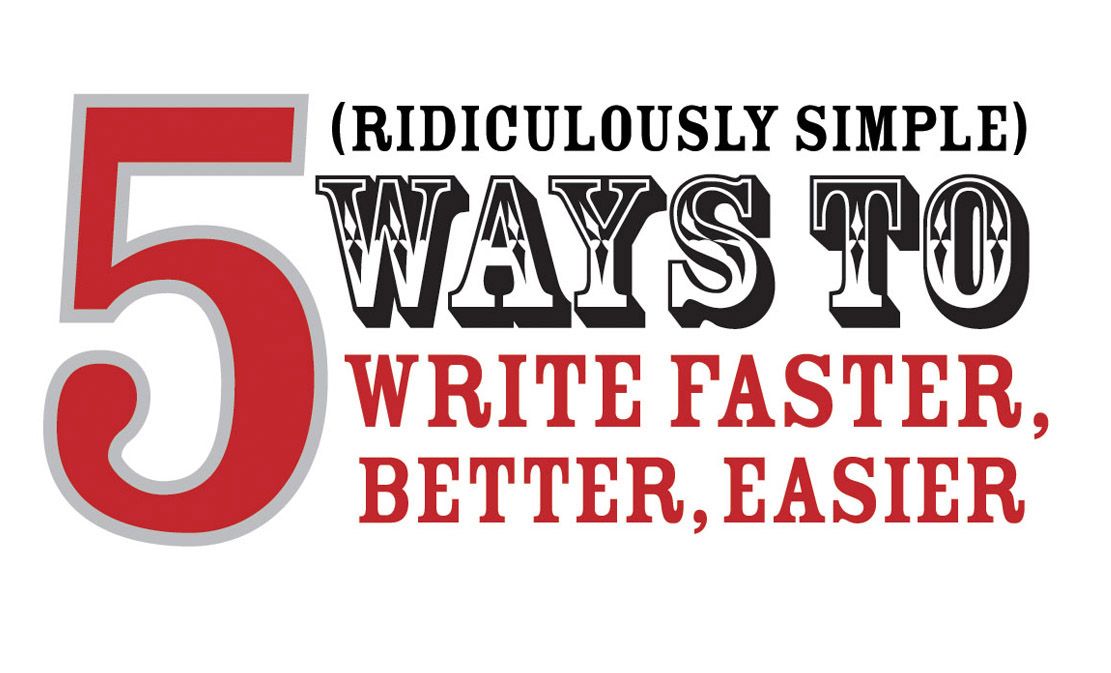7 Habits of Highly Effective Corporate Video Clients
 Tuesday, October 14, 2008 at 08:38PM
Tuesday, October 14, 2008 at 08:38PM So you’re ready to rock ‘n’ roll on your next video project, right?
Budgets are approved. Management is on board. They bought your vision.

Whoa! Not so fast.
You and your team may think your ducks are all lined up. But are they really?
Is your team on the same page?
I mean both teams. Don’t forget, you have two teams: one at work and the team capturing your video story. I bet you can imagine the disaster when two teams aren’t in sync. Ouch!
What habits contribute to smooth running productions?
How do you, as a client, keep two teams in sync? What few habits can you practice that will ensure your project run smoothly for both teams?
As I thought more about this, I wondered where I could go to get another opinion. I went to where the rubber hits the road. Where every show finally ends up: in the edit room.
With a cup of tea in hand, I stopped by the edit room and asked my editor this simple question: “What habits do you consistently see in clients and our video team that contribute to creating successful, smooth-running projects?”
Here’s a short list summarizing our conversation. It is certainly by no means complete, but the essentials are here and it will get you thinking before the camera rolls.
7 Habits of Highly Effective Corporate Video Clients
1. Discover interesting storytellers.
No matter what your message is, you can “breathe life” into your video with interesting storytellers. Sharing several points of view from interesting people tells a story that can instantly capture the imagination of your audience. Different points of views also adds dimensions to your message that would otherwise be flat and monotone.
A word of advice. It’s easy for politics to determine who appears on-camera. If you take this course, remember you may wind up with people on-camera who aren’t necessarily sharing a point of view your audience needs to know or even cares about.
2. Check your ego at the door.
Is your message bigger than yourself? I bet it is. Then remember your audience. There’s only one person you need to touch. If you can touch one person, in doing just that, you can effectively touch dozens, hundreds or thousands. It’s not about you. It’s about them.
3. Get all conversations transcribed with time-code.
Transcripts = Efficiency = Cost Savings.
I shared this tip in an earlier post, "7 Sure-Fire Steps for Creating Your Company’s Documentary" but it's worth repeating.
Interviews that don’t get transcribed can potentially waste hours in the edit room (at a substantial cost). The reason? Sound bites take time to find from the original tapes. Finding sound bites that could have been done for free before the edit begins winds up costing you money during the edit. Ouch!! I’ll say it again in bold type: get all interviews transcribed with time-code stamped every 30 seconds.
4. Create a script from the transcripts.
Now that you have transcripts from all your interviews, you can start crafting a narrative; your story. Once you put a draft script together, you might discover a few “holes” in your message. Perhaps you need to write a little narration. If so, keep it to a minimum! The “voice” of the film is told through your “heroes,” your storytellers. Too much narration distracts from the “personal voice” you are creating.
5. Lead by sharing a clear vision.
Your story needs a leader. Someone who can take your company’s team and guide them through the process of getting the vision onto the screen. Perhaps that leader will be you. Now add to the mix, you’ll also have a director and/or producer on the project. Sharing your vision with clarity to your “second team,” the production team, is just as critical, if not more so, than your internal team in capturing your message accurately. Lead clearly.
6. Talk more. Email less.
You just sent an email to your producer. You assume they received it and are acting upon your request.
Ooops. Their email is down. Uh-oh. And you never followed up on the phone. Now what?
Try this method instead. This model works extremely well and my clients love it.
First, I have conversations on the phone. The conversation is immediate. There’s a give-and-take, a “dance” that happens. Things get resolved and acted upon quickly. Then, if necessary, we follow-up by email. But here’s the difference. Now both parties know what to expect if email is required as a follow-up. The guesswork is eliminated. Remember: your video story is a co-creation. It’s a dance. Not a one-way street.
7. Think about how you want to make people feel.
It’s not so much about being right or wrong. It is about what feels authentic; true to your message and story. A video story does not have a balance sheet. It has a heart. If you combine your images, sound and story in an engaging way, it will touch people’s emotions, even at the most basic level. Your mantra throughout the entire process should be, “How do I want to make people feel after they see our film?” Answer that question. Write it down in a few words. Tape it on the cover of your project binder. Bingo. It becomes your internal compass.
There you go. “7 Habits” to help you simplify your journey through the story process. I can think of several more that I left out.
What did I miss? What are some of your habits that you’d like to share? What would you change? Drop a note in the comments section. Thanks!
---Tom




Reader Comments (2)
Tom :)